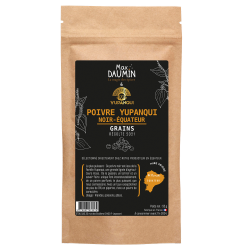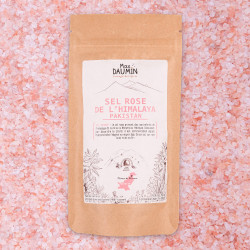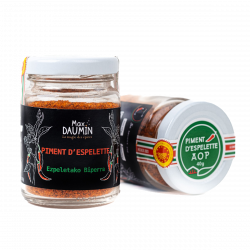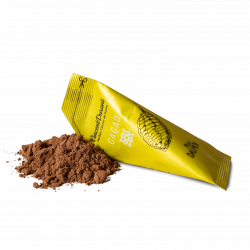Cajun blend
Foodette, the home-delivered gourmet cooking basket, was one of our privileged partners. We developed a whole range of berlingots in their brand image. Following their closure, we are now offering the Foodette range of berlingots on clearance.
It's the same promise as our other berlingots: we grind and assemble the spices just before packaging, to give you a spice as if you'd just ground it. The only difference is the design.
The Cajun blend or Cajun blend is a spice composition that comes to us from Acadian cuisine (French from Louisiana in the USA). It is a blend of cultures where French aromatic herbs meet the warm spices of Mexico and the Caribbean. A blend of character, slightly spicy, on a background of Paprika, Garlic, Onion, Cumin, Chilli and Aromatic Herbs.
It can be used everywhere and our berlingot knows how to preserve all the original power of this blend.
-
Net weight : 1.6g
-
Composition : Paprika, Garlic, Onion, Pepper, Green Anise, Cumin, Oregano, Savory, Basil, Bird Pepper


Benefits
Cooking and Virtue
Spices are key to flavor development in Cajun cooking. A roux is almost always used and the Holy Trinity "onion, celery and green pepper" - is the base of almost every dish. Popular Cajun dishes include gumbo, a soup made with filé, okra, chicken, sausage, and sometimes shrimp, rice-based jambalaya, boudin (pork sausage), or boudin dumplings (pork sausage). fried pork) and rice and sauce.
The Cajun blend is an easy blend it can go with anything! Meat, fish, vegetables, legumes, starches.

Origins
A long journey
The Acadians were the first French settlers in North America. Immigrating to Canada in the early 1600s (today's Maritime Provinces), they lived on what was easily accessible to them. Traditional peasant-style recipes from the French countryside—usually meat and vegetables cooked with a thick sauce in a single pot—were adapted to include what the Acadians could catch or harvest both on land and sea. Refusing to swear allegiance to the British Crown in 1755, over 15,000 Acadians were deported, many of them to Louisiana.
Once settled in the South, these French-Canadian farmers once again adapted their cuisine to the ingredients available in the region. Their cuisine has evolved to include crab, oysters, alligator, crawfish, shrimp, catfish and rockfish caught in the Gulf of Mexico and nearby bayou waters. Potatoes were replaced by rice, which thrived in the hot Louisiana climate, peppers replaced carrots in the culinary base of stews (the Holy Trinity) and new spices (black pepper, chili, cumin) have been introduced. Influences from the Spaniards, Native Americans, and African Americans also played a key role in making Cajun cuisine what it is today.


You might also like

6 other products in the same category:

Customers who bought this product also bought:


















































